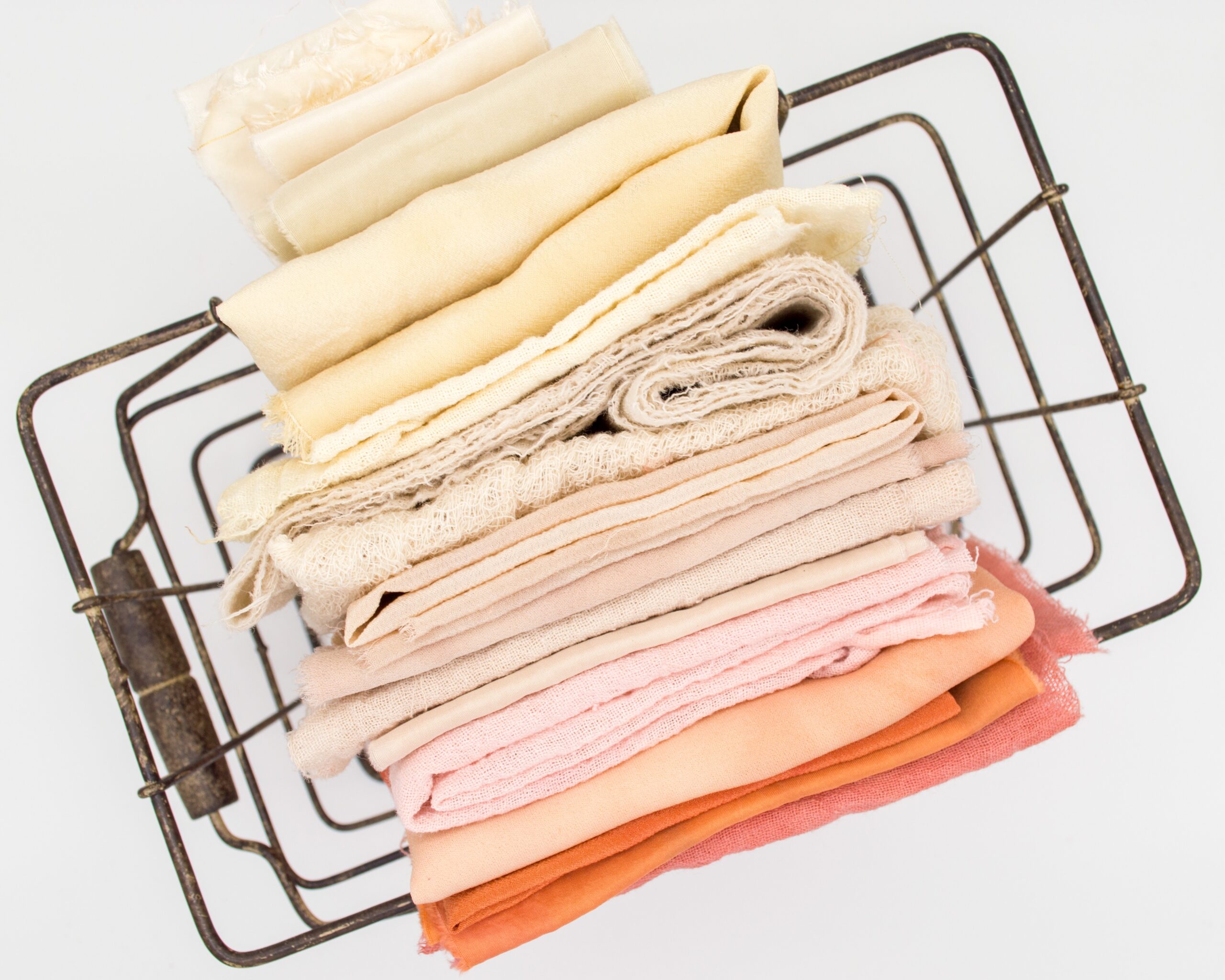1.
Reduce Stress by Decluttering
Have you ever gone through your things–clothes, accessories, knick-knacks, and decided it was time to part with these items? It may have been due to certain clothes not fitting anymore, or that you have outgrown your attachment to decorations or objects. At times, you may come across something and recognize you bought it impulsively, only to never utilize it. When we clear things out that no longer serve a purpose, it can feel extremely therapeutic. The lack of clutter can create a sense of calmness, due to our living space feeling more organized and less chaotic.
We live in a consumer culture, meaning that we are constantly being bombarded by ‘stuff’. Whether it is black Friday sales during the holiday season, emails regarding sales at retail stores, or pressure coming from peers to buy the ‘top of the line’ products. This can lead to hoarding, overspending, and buyer’s remorse. While we cannot change how we have bought into these trends in the past, we can adjust how we handle these choices in the current day, as well as moving forward.
Benefits of Decluttering
While every person may find different benefits from decluttering, there are some that apply to most people in general:
- Less to Clean/Organize: Cleaning is an ongoing chore that accompanies any home. Whether you live in a rental home or own your residence, there is constantly a need to clean. When we have an emotional attachment or appreciation for the items around our home, cleaning feels like something we do in order to keep our home looking nice. However, when we feel irritation with items throughout our home, upkeep with cleaning can be a far more annoying process. In addition, when we have less overall, it makes organizing easier. Not only do we have less to organize, but it allows for a more natural place for all of our things.
- Less Stress: Our home is meant to be a place to unwind and be content. However, when our home feels cluttered, it can be overwhelming, rather than comfortable. Being able to walk into your living space and only see things you want and choose to have around feels satisfying.
- More Financial Stability: When we are able to spend less time shopping, we spend less time worrying about money. Many families find themselves living from one paycheck to the next. By searching for less material items, not only does it prevent clutter from gathering, but also assists in building up savings. This also helps with the aspect of stress, due to not having as many bills to worry about.
- Ability to Concentrate on what Matters: Less clutter combined with less stress and more financial freedom can allow energy to be focused on family, friends, ambitions, and experiences. Rather than concentrating on the material items that typically only provide an instant gratification, only to fade away, this energy can go towards memories that will lead to long-term satisfaction2.
Tips for Decluttering
Small changes lead to Big Differences
When we make small changes, it can feel like something so minuscule at first, yet oftentimes these changes can become new habits. Psychologists state that 21 consecutive days of repetition allow for a habit to form. By picking a few small things to concentrate on, these new tasks can become lifestyle changes. These changes can be tasks, such as:
- Making the bed each morning
- Never leaving dishes in the sink
- Taking the trash out daily
- Placing keys in the same spot when returning home3.
Prioritize where to start
If you think of your home, you can likely separate it by room, such as the master bedroom, kids’ room, living room, kitchen, etc. Prioritize the areas that are most important first, working your way to the areas that are least concerning. For instance, if you do not often go into the garage, this may be the area at the end of your list, whereas your living room may be a priority, due to spending the majority of your time there4.
Make a Realistic Timeline
Based on the list of which rooms to prioritize first, think of how long you will need to declutter each space. Some rooms may take a few hours, others may take only minutes, and some may even take days. Try to be as realistic as possible when making this timeline and do not be afraid to adjust it during the process if you find that the timeline may not be feasible 5. Some people may only be able to do this process in 5-minute intervals. However, others may choose to take hours at a time to complete this process. Figure out based on your own needs the amount of time you are able and willing to dedicate to this process 6.
Categorize items as you go
Once you start in the first room, you will want to have different piles or categories. This will likely involve categories such as:
- Keeping where it is
- Keeping in this room but moving to a new spot
- Keeping in this house but moving to a new room
- Donating
- Giving away
- Throwing out 7.
Ideas for Initiating this Process
Sometimes it can feel daunting to start a process like this, so rather than taking it all on at once, it may help to utilize one of these ideas to get things going:
- For one year, give away one item each day. By the end of the year, you will have gotten rid of 365 items, simply by taking a few moments to pick something each day. These can be things you give away to someone else, or they could be items you donate to charity.
- Get a trash bag. Fill it with things you wish to get rid of in your home. If these things are still in good condition, drop off at your local Goodwill.
- Figure out which clothes you actually wear. You can do this by placing your clothes all in one direction. After you wear it, place it in the opposite direction. After a few months, you will see what things you no longer wear. Take those clothes out and donate them or give them away. It can be best to do this in the middle of two seasons to account for weather changes.
- Do the 12-12-12 challenge. This challenge involves locating 12 items to throw away, 12 items to donate, and 12 to be returned to their ‘proper home’; meaning items that need to be relocated to a different space.
- Utilize the Four-Box Method. This method involves having four different boxes labelled ‘keep’, ‘give away’, ‘relocate’, and ‘trash’. Pick a room to start in, go through every item in the room, then place it in the appropriate box. This can feel redundant, but it also allows you to make sure every item you have is something you want to keep, while also allowing you to reorganize and clean things that are staying in the process 8.
Finding Help
If you are looking for a therapist to discuss ways to declutter your life, our therapists through Online-Therapy.comprovide Cognitive Behavioral Therapy (CBT)
We have a variety of therapists who would love to help you with mental health concerns. Our platform offers a complete online therapy toolbox. Our site has multiple options, which involve time with a personal therapist who can support you throughout your journey. If this is something you have an interest in, we would love to hear from you.
References
Becker, J. (2019, October 22). How to Declutter Your Home: 10 Creative Decluttering Tips. Becoming Minimalist. https://www.becomingminimalist.com/creative-ways-to-declutter/.
Leeds, R. (2007). The Complete Idiot’s Guide to Decluttering. Penguin Group.




Leave A Comment